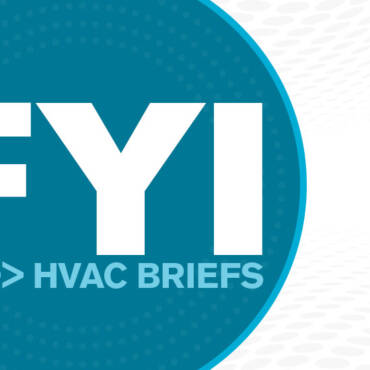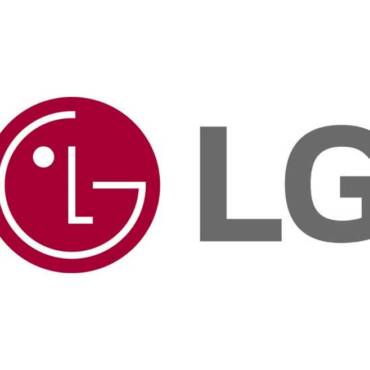When a restaurant’s doors are hard to open or slam shut on guests without warning, it’s easy to chalk it up to quirks of the building. When the entryway feels like a wind tunnel in the winter or a sauna in the summer, it gets dismissed as “just the way it is.”
But in every one of those cases, the culprit is the same: negative air pressure. It’s invisible, but it’s everywhere—and fixing it can transform the comfort, safety, and efficiency of a restaurant overnight.
I’ve seen it firsthand in fast-casual franchises, upscale steakhouses, and small family-owned joints. It doesn’t discriminate by concept or budget. But what sets the successful operators apart is whether they even know it’s happening.
The Hidden Cost of Imbalance
A few years ago, I was working with a regional fried chicken chain. Employees were fielding a wave of complaints about how uncomfortable it was near the doors. The kitchen was unbearably hot, and managers were frustrated by constantly rising energy bills. On paper, the HVAC system was functioning. But when measuring the pressure, it was clear: The building was pulling in more air than it was pushing out.
Outside air rushed in every time the doors opened, and the make-up air system wasn’t keeping up. The kitchen hoods, designed to keep grease and heat out, were doing their job too well—but without enough fresh air to balance the exhaust, they’d created a vacuum effect.
When dealing with uneven temperatures, hot kitchens, or high energy bills, don’t overlook the basics: adding pressure sensors and recalibrating airflow can transform a space quickly. In our case, it immediately improved comfort in the dining area, cooled down the kitchen, reduced energy use, and eliminated complaints. As the manager put it, sometimes the simplest HVAC solutions deliver the biggest payoff.
Every Restaurant Has a Version of This Story
In Denver, I worked with a high-end spot that had invested in an open kitchen as part of its brand identity. Beautiful space. Smart design. But after a few months, guests started noticing lingering cooking smells—especially near the bar. Turned out, negative pressure was reversing airflow patterns, pulling cooking exhaust toward the front-of-house.
If a kitchen smells like fryer grease instead of fresh cooking, it’s probably not ventilation failure—it’s likely a balance issue. Start by checking the outside air supply and sealing even minor envelope leaks. Small adjustments can make a huge difference. In fact, after rebalancing the airflow, the chef told me it was the first time the kitchen truly smelled like the food they were making, rather than grease
Even at chain locations that follow tight spec sheets, I’ve seen one store run perfectly and the next, two blocks away, struggle with condensation and equipment fatigue. Why? Different building orientation. Slightly older door seals. A couple of unsealed penetrations. It doesn’t take much to throw off the balance—and that’s what makes this issue so easy to miss.
Why This Matters Now More Than Ever
Restaurant margins are thin, and HVAC is often treated as a fixed operating cost. But a well-balanced system is often the cheapest way to improve guest comfort and reduce utility bills. The fixes aren’t flashy—no new equipment, no costly remodels. Just smart adjustments, sensors, and sealing work.
And the benefits ripple outward. Balanced pressure helps ventilation hoods capture heat and grease more effectively, which improves air quality and reduces fire risk. It keeps heating and cooling systems from overworking, which means less maintenance and a longer lifespan. It even improves door function and customer flows—small things that add up when serving hundreds of guests a day.
More Than a Technical Problem—It’s a Missed Opportunity
The restaurant industry is full of innovation—robot servers, AI-powered ordering systems, sustainable packaging—but something as basic as airflow balance still flies under the radar.
And yet, in every project I’ve taken on, solving this issue leads to better comfort, fewer complaints, lower bills, and safer kitchens. That’s a return on investment most tech upgrades can’t touch.
Negative pressure may be invisible, but its impact is real. The good news is, so is the fix.
Whether you require installation, repair, or maintenance, our technicians will assist you with top-quality service at any time of the day or night. Take comfort in knowing your indoor air quality is the best it can be with MOE heating & cooling services Ontario's solution for heating, air conditioning, and ventilation that’s cooler than the rest.
Contact us to schedule a visit. Our qualified team of technicians, are always ready to help you and guide you for heating and cooling issues. Weather you want to replace an old furnace or install a brand new air conditioner, we are here to help you. Our main office is at Kitchener but we can service most of Ontario's cities
Source link



